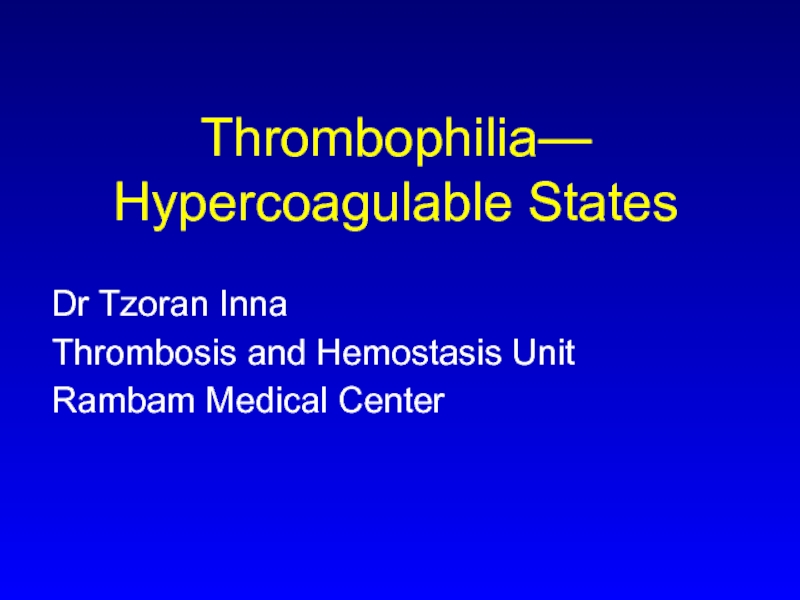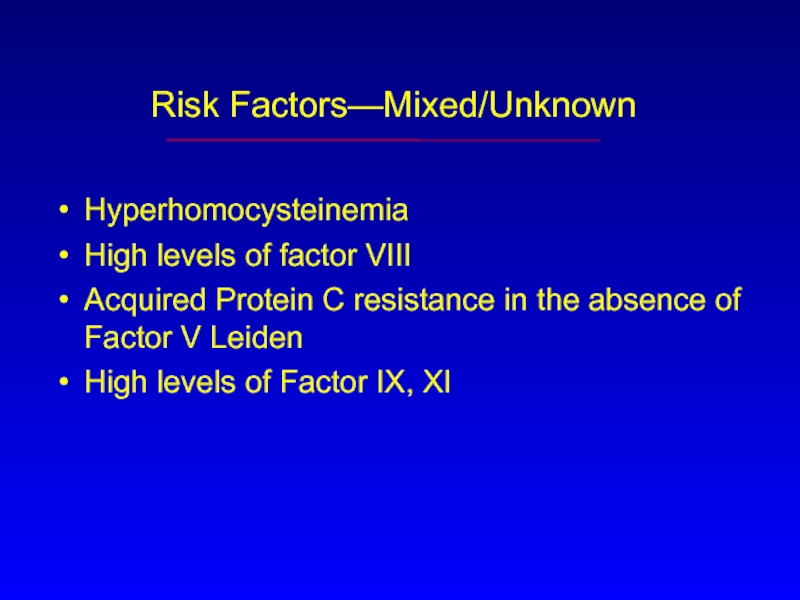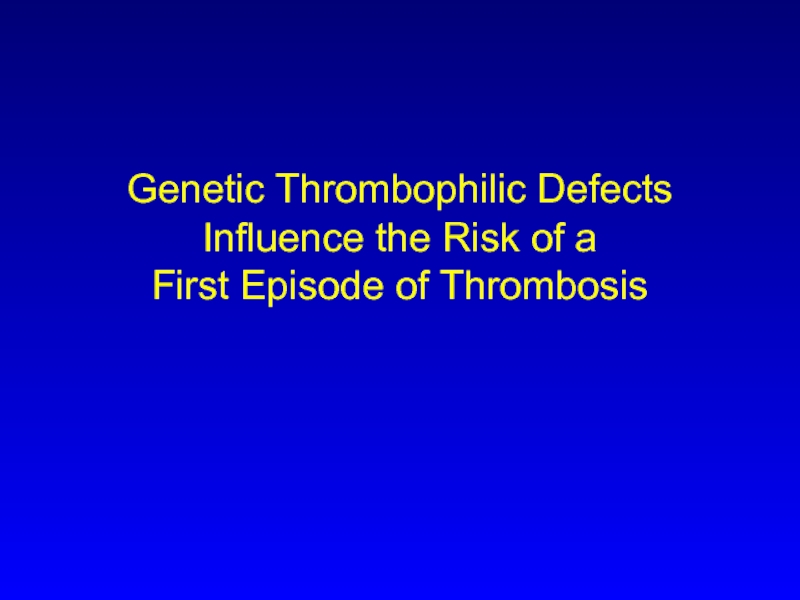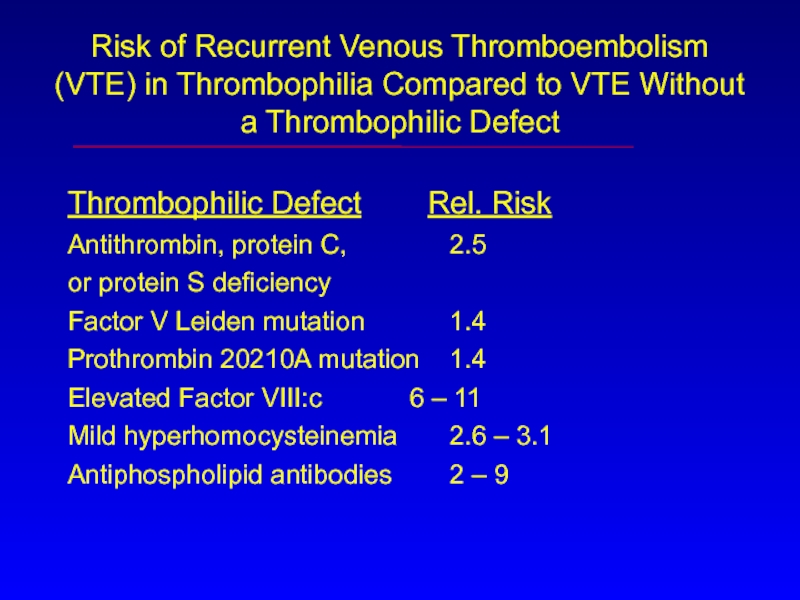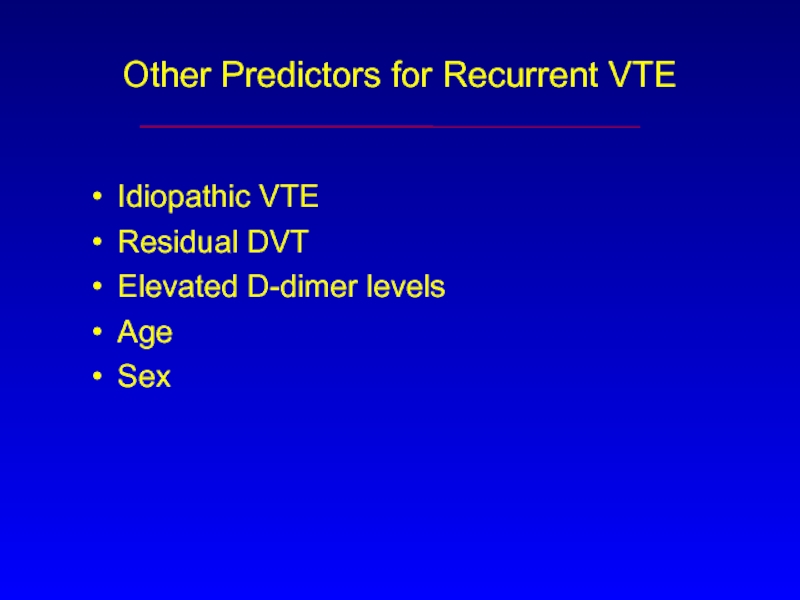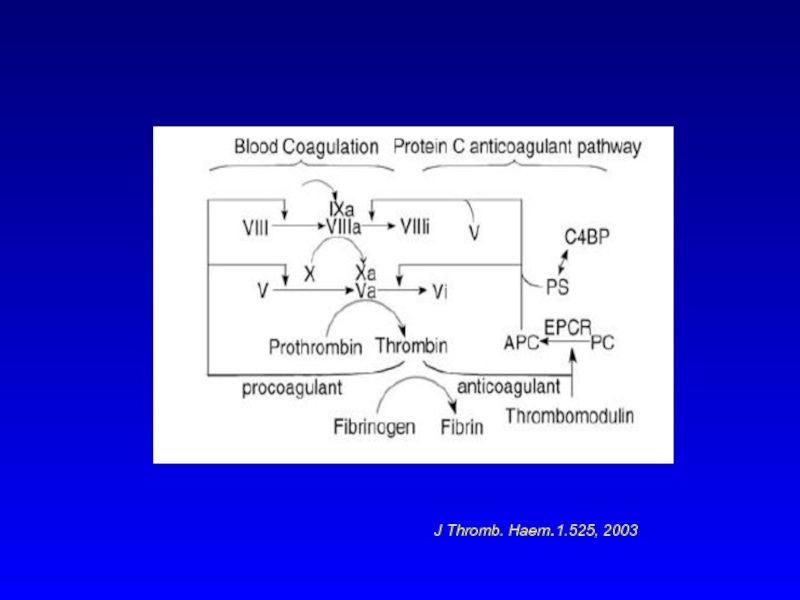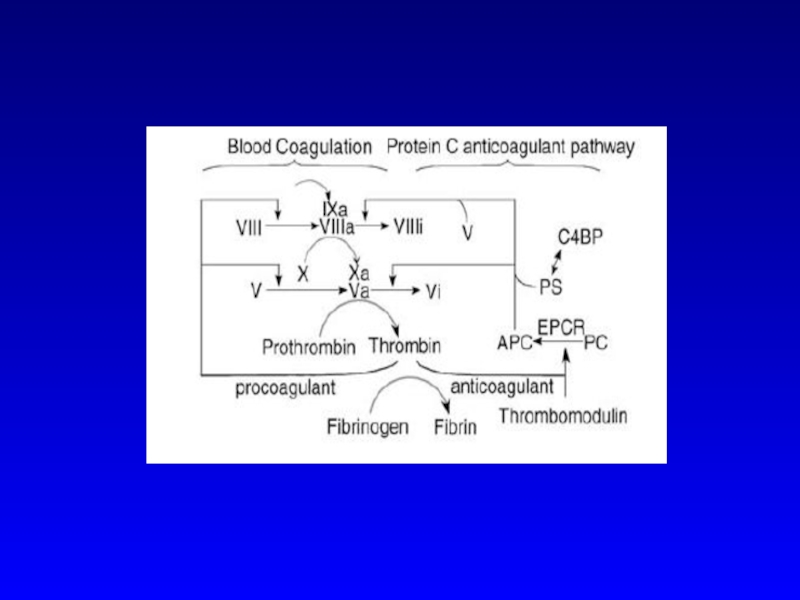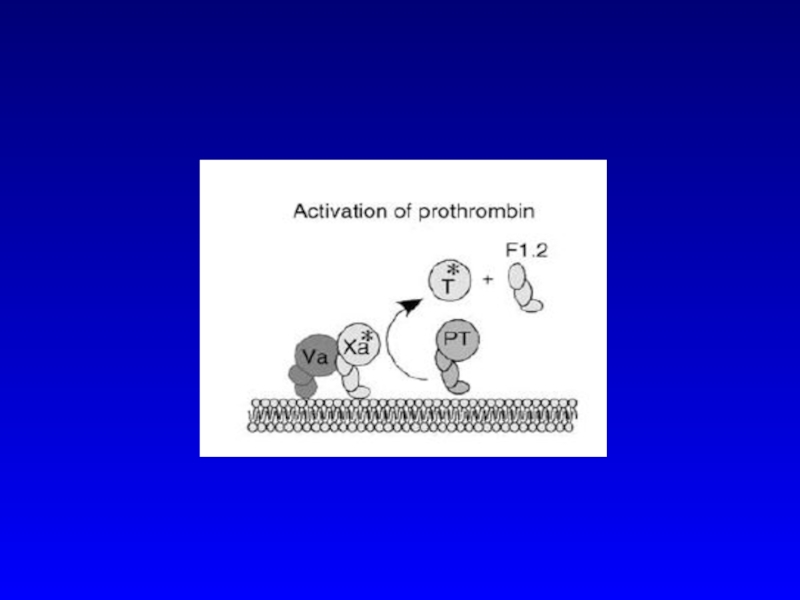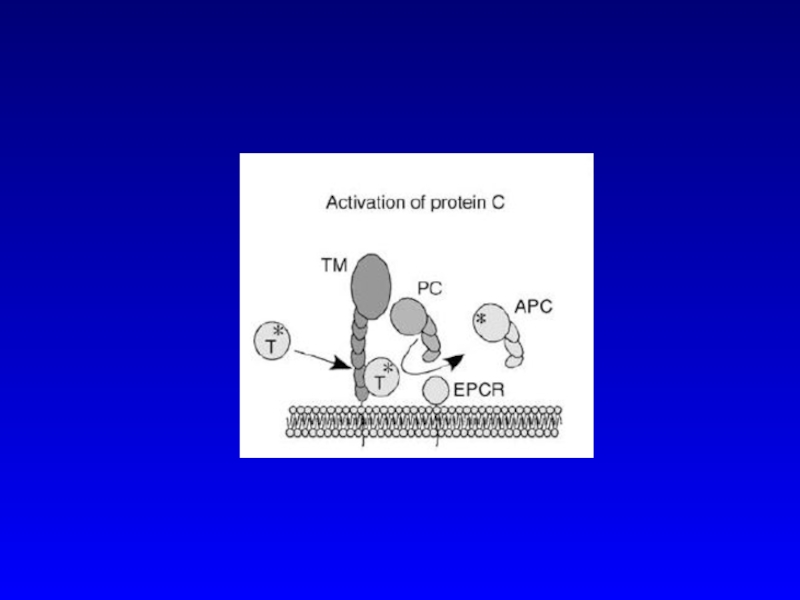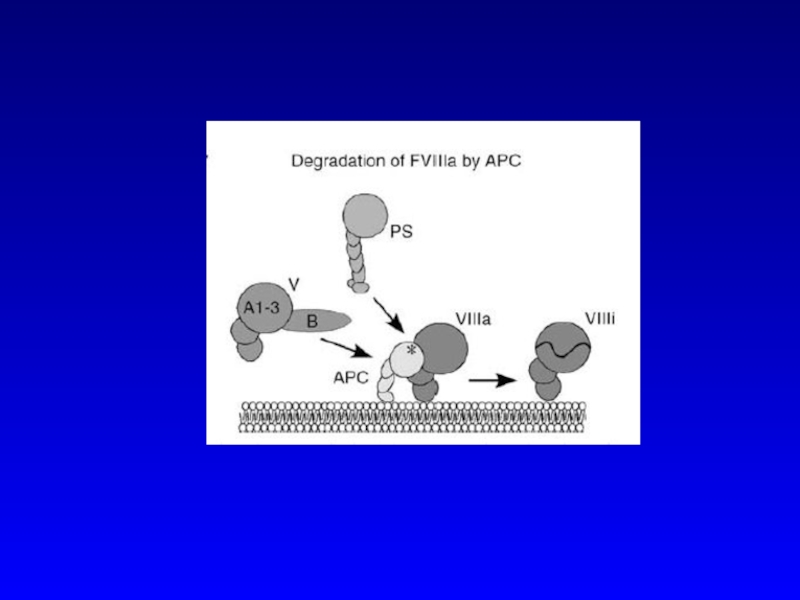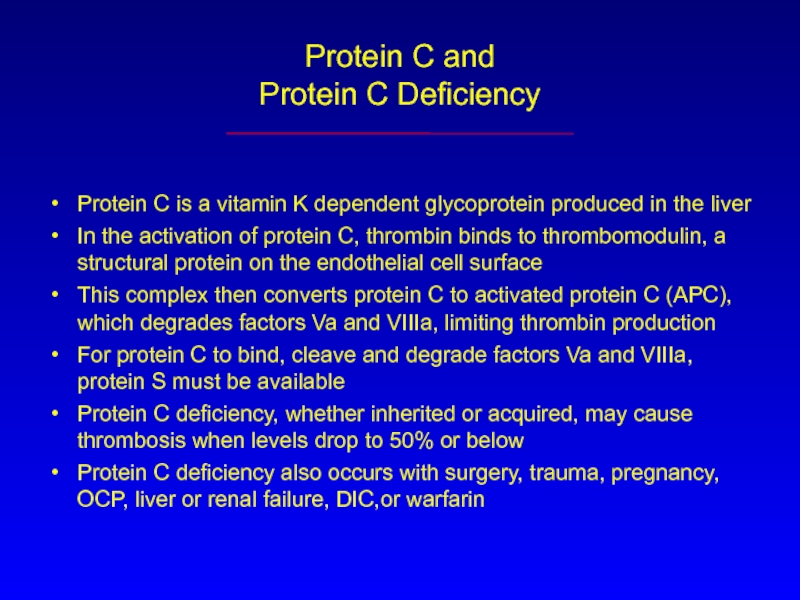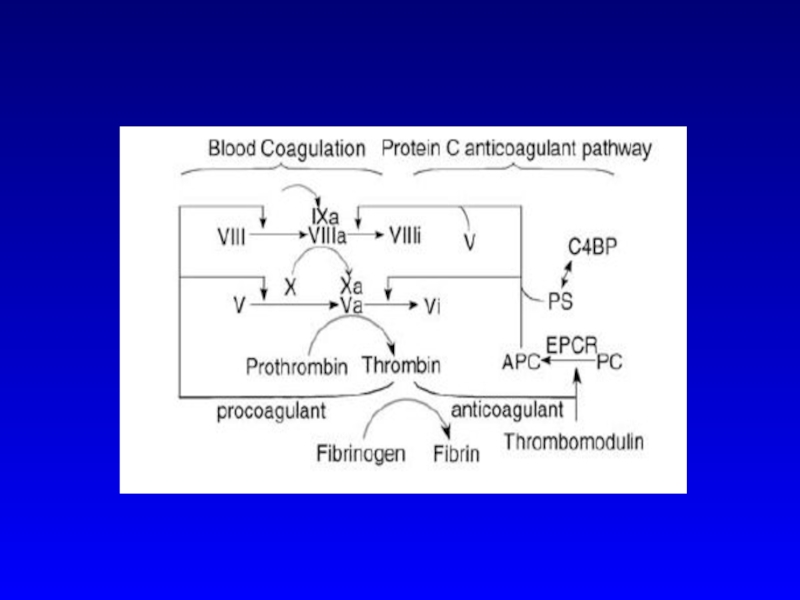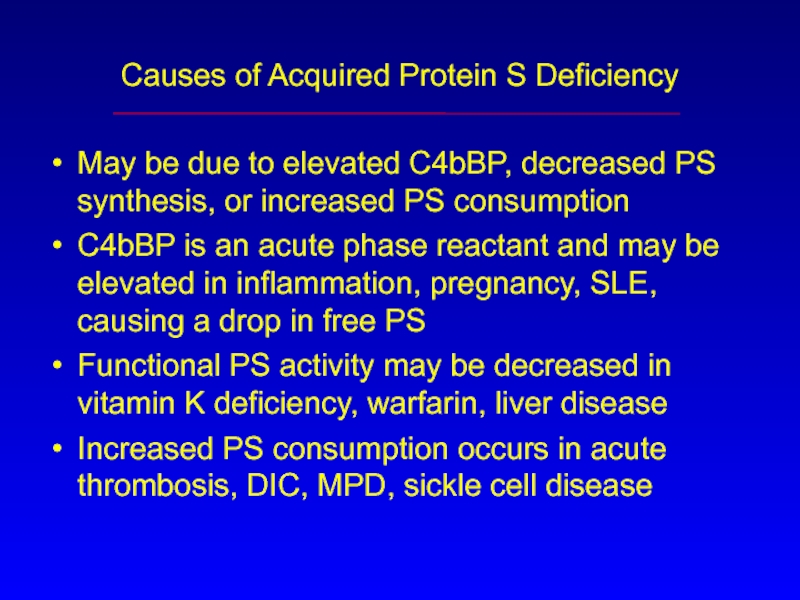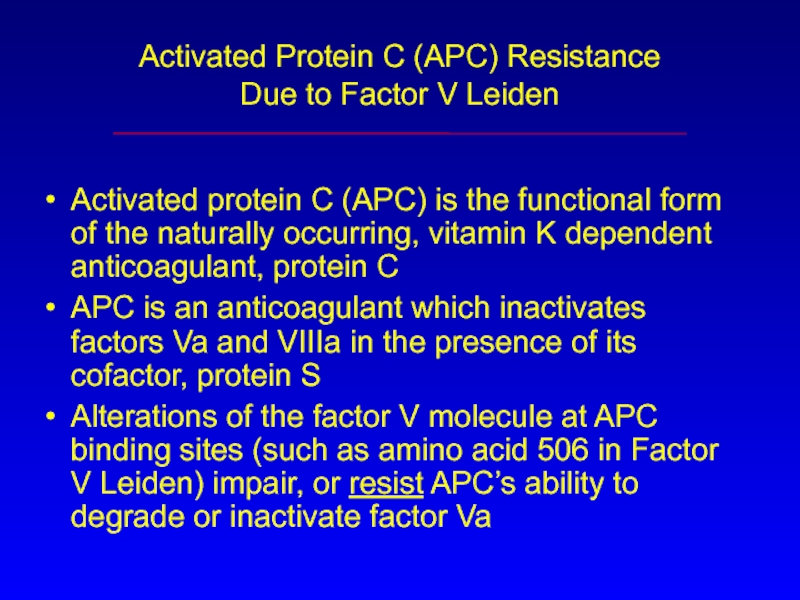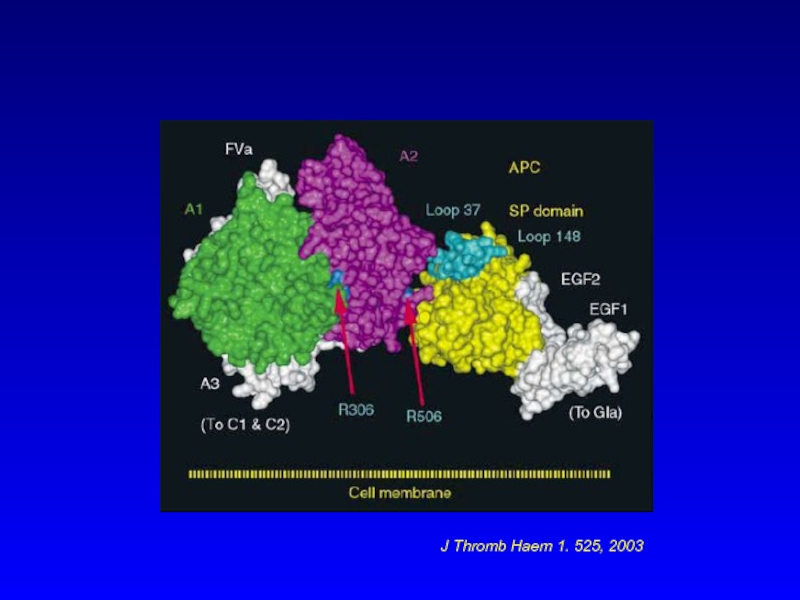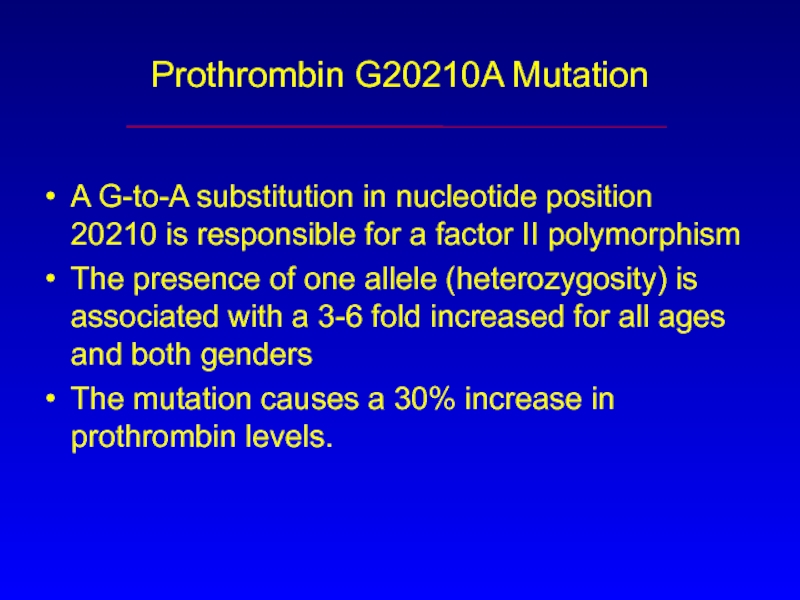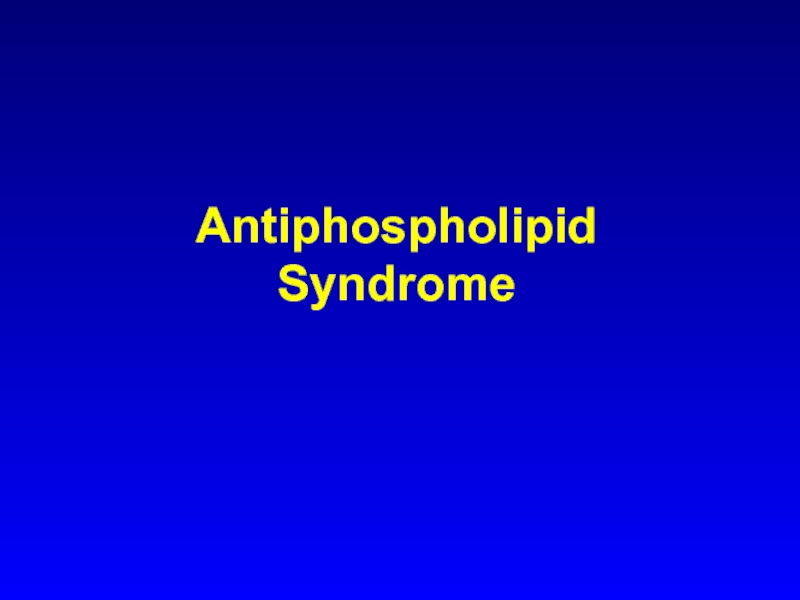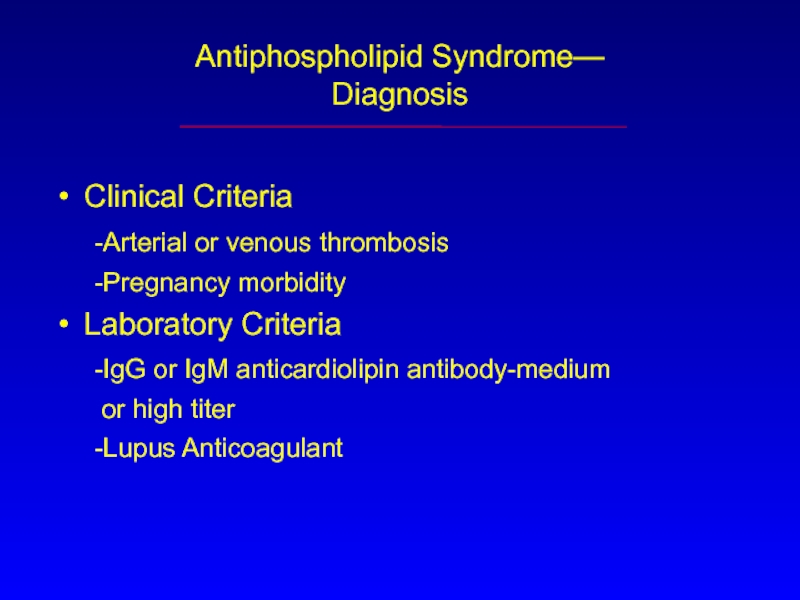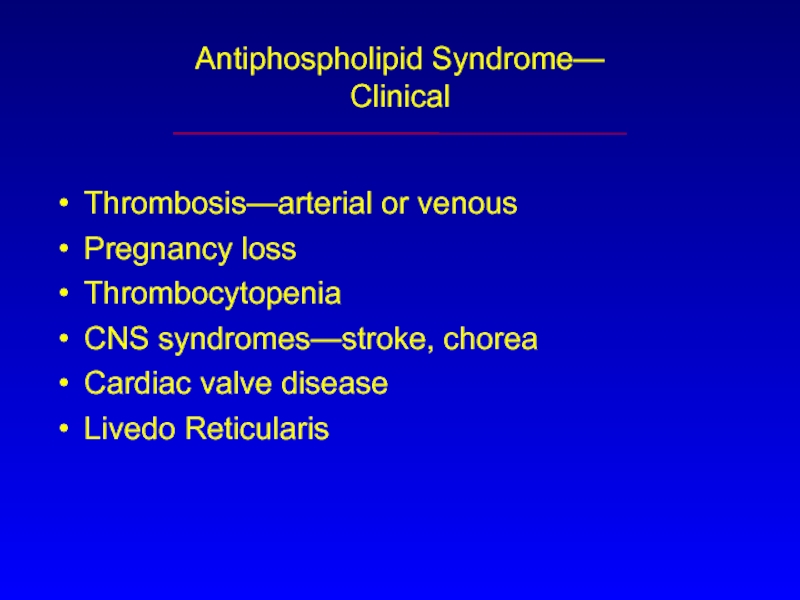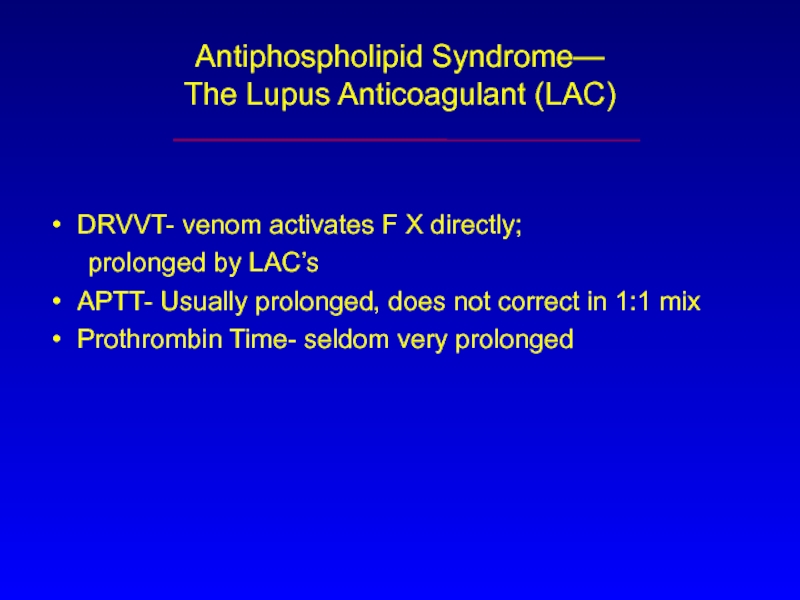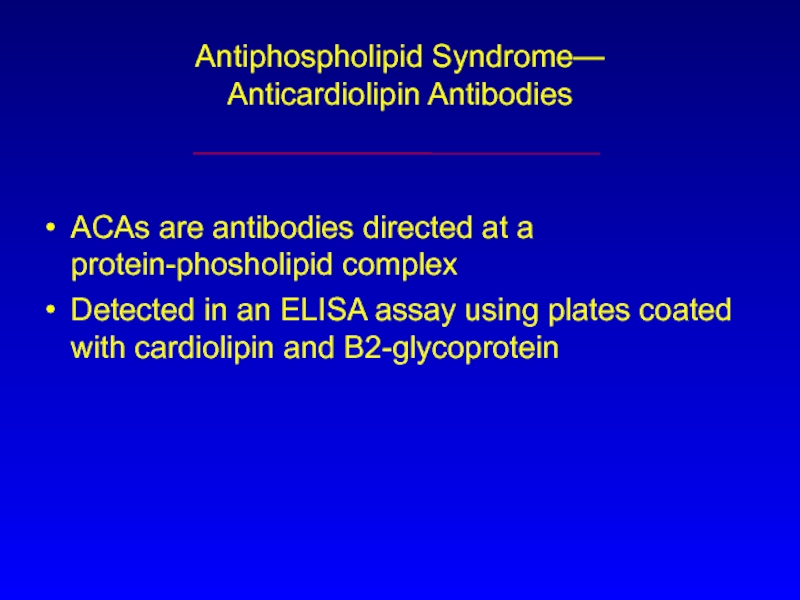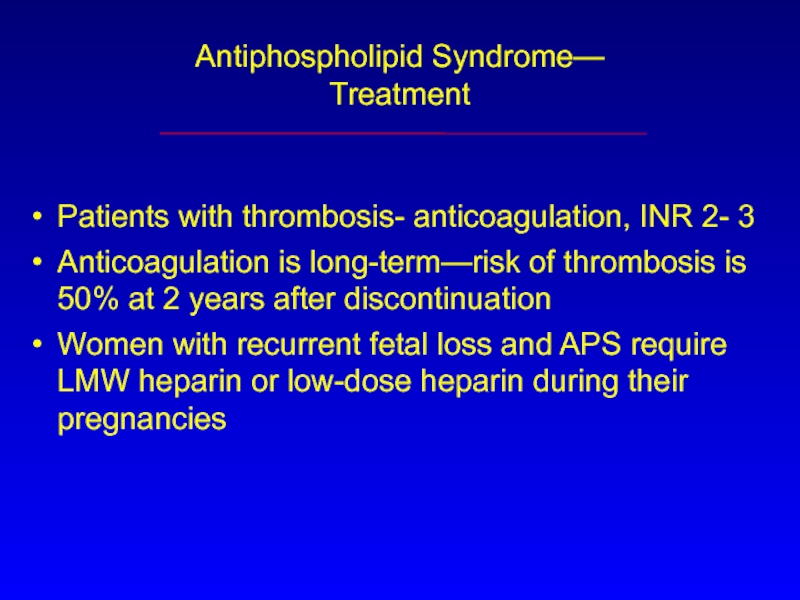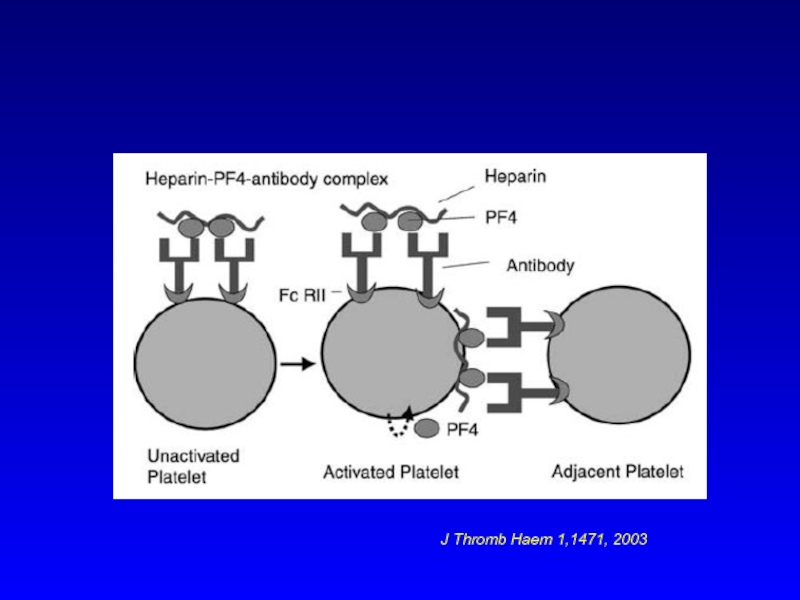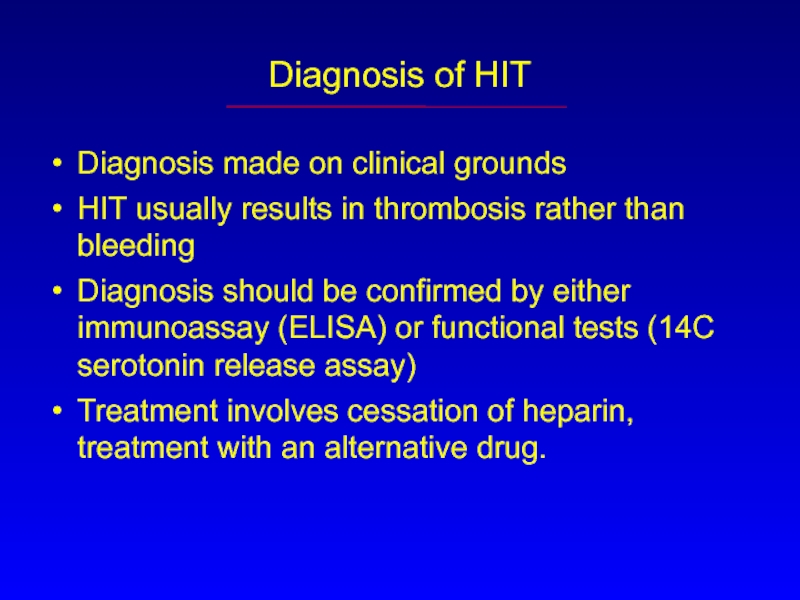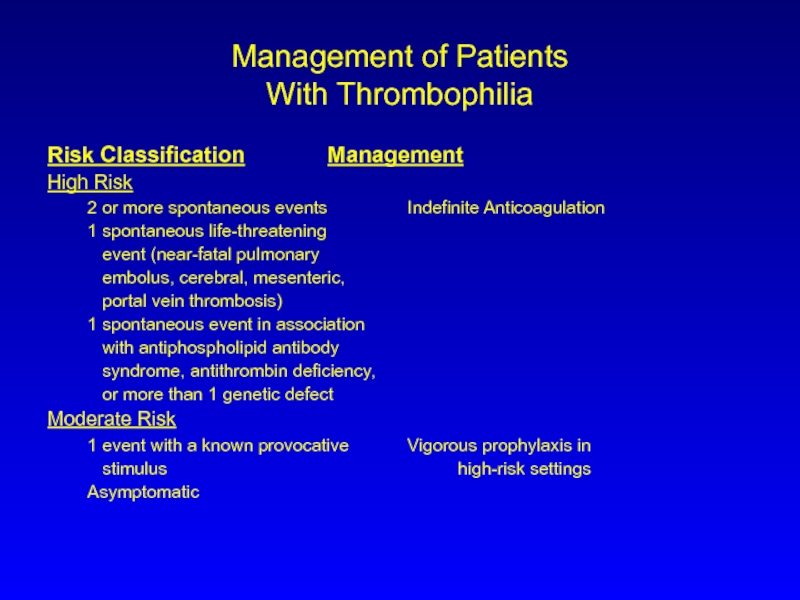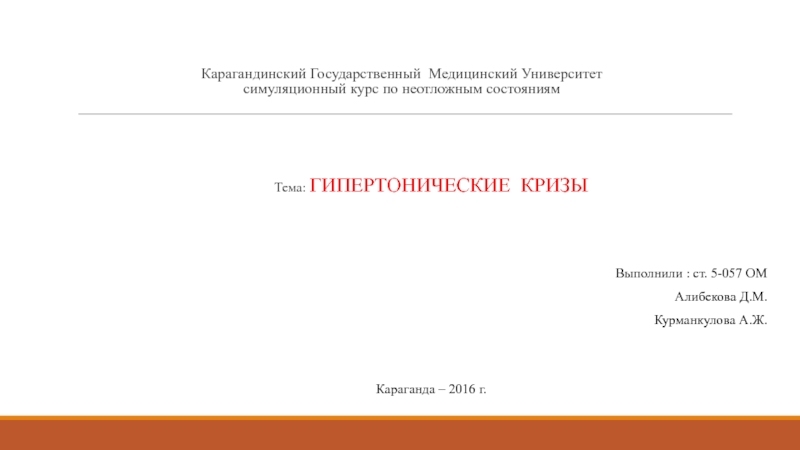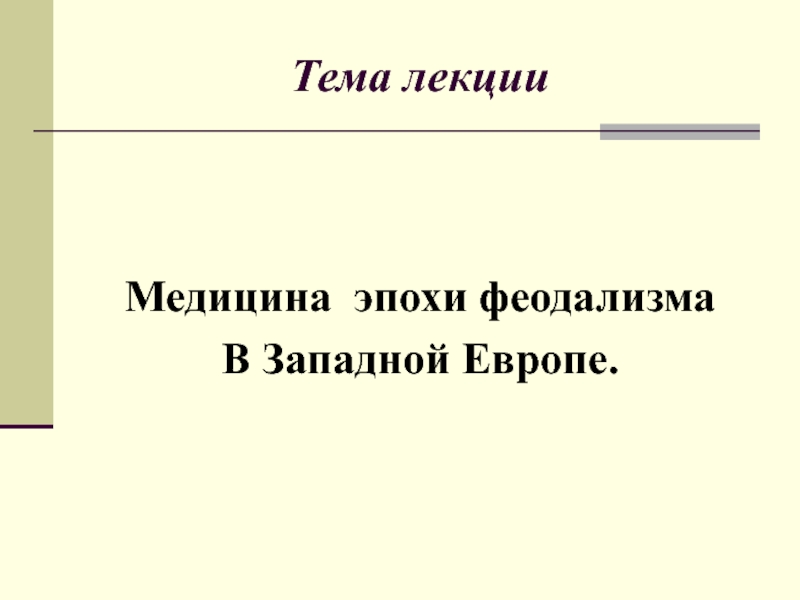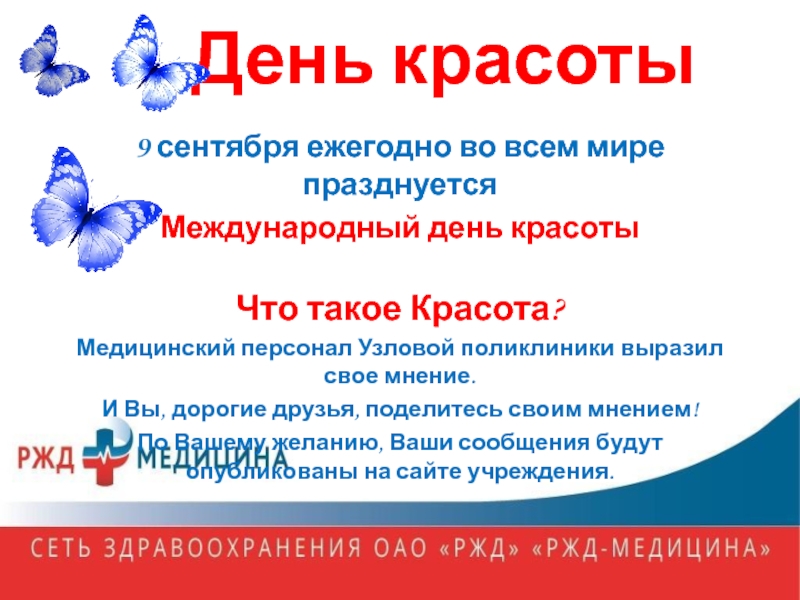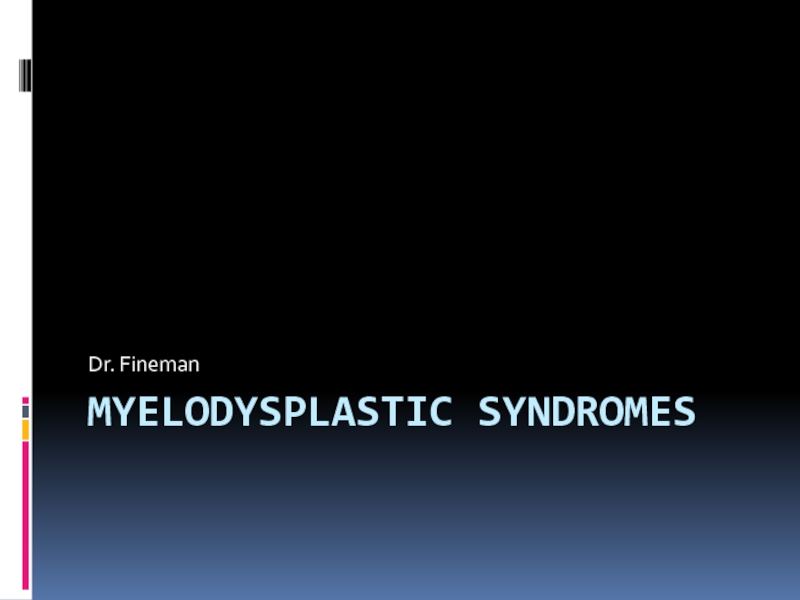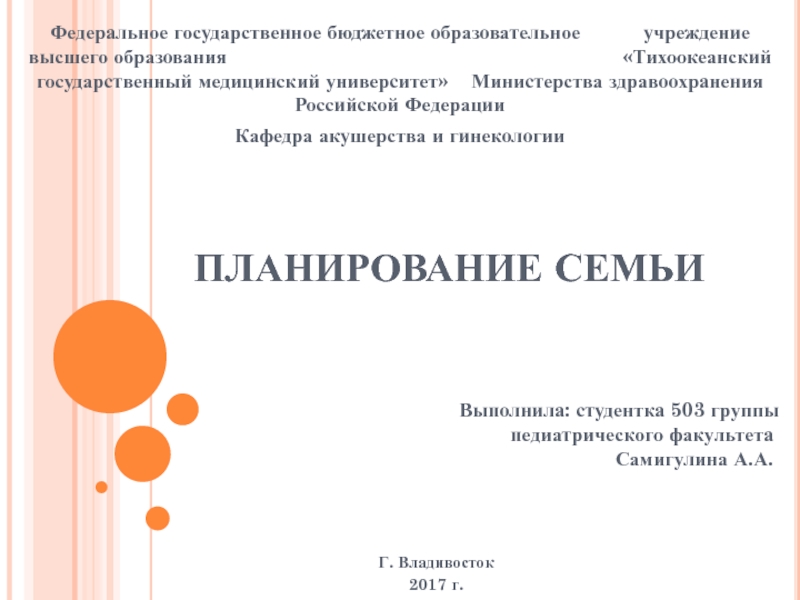- Главная
- Разное
- Дизайн
- Бизнес и предпринимательство
- Аналитика
- Образование
- Развлечения
- Красота и здоровье
- Финансы
- Государство
- Путешествия
- Спорт
- Недвижимость
- Армия
- Графика
- Культурология
- Еда и кулинария
- Лингвистика
- Английский язык
- Астрономия
- Алгебра
- Биология
- География
- Детские презентации
- Информатика
- История
- Литература
- Маркетинг
- Математика
- Медицина
- Менеджмент
- Музыка
- МХК
- Немецкий язык
- ОБЖ
- Обществознание
- Окружающий мир
- Педагогика
- Русский язык
- Технология
- Физика
- Философия
- Химия
- Шаблоны, картинки для презентаций
- Экология
- Экономика
- Юриспруденция
Thrombophilia - Hypercoagulable States презентация
Содержание
- 1. Thrombophilia - Hypercoagulable States
- 2. Thrombosis Hereditary thrombophilia Acquired thrombophilia
- 3. Risk Factors for Venous Thrombosis Acquired Inherited Mixed/unknown
- 4. Risk Factors—Acquired Advancing age Prior Thrombosis
- 5. Risk Factors—Inherited Antithrombin deficiency Protein C
- 6. Risk Factors—Mixed/Unknown Hyperhomocysteinemia High levels of
- 7. Genetic Thrombophilic Defects Influence the Risk of a First Episode of Thrombosis
- 8. Risk vs. Incidence of First Episode of
- 9. Risk of Recurrent Venous Thromboembolism (VTE) in
- 10. Other Predictors for Recurrent VTE Idiopathic VTE Residual DVT Elevated D-dimer levels Age Sex
- 11. FXI FIX FXII FV FVII Prothrombin Thrombin Fibrinogen Fibrin Clot FVIII FX
- 12. J Thromb. Haem.1.525, 2003
- 13. Antithrombin, Antithrombin Deficiency Also known as Antithrombin
- 19. Protein C and Protein C Deficiency Protein
- 21. Protein S, C4b Binding Protein, and Protein
- 22. Causes of Acquired Protein S Deficiency May
- 23. Activated Protein C (APC) Resistance Due to
- 24. J Thromb Haem 1. 525, 2003
- 25. Prothrombin G20210A Mutation A G-to-A substitution in
- 26. Antiphospholipid Syndrome
- 27. Antiphospholipid Syndrome— Diagnosis Clinical Criteria -Arterial or
- 28. Antiphospholipid Syndrome— Clinical Thrombosis—arterial or venous Pregnancy
- 29. Antiphospholipid Syndrome— The Lupus Anticoagulant (LAC) DRVVT-
- 30. Antiphospholipid Syndrome— Anticardiolipin Antibodies ACAs are antibodies
- 31. Antiphospholipid Syndrome— Treatment Patients with thrombosis- anticoagulation,
- 32. Heparin-Induced Thrombocytopenia (HIT) HIT is mediated by
- 33. J Thromb Haem 1,1471, 2003
- 34. Diagnosis of HIT Diagnosis made on clinical
- 35. Clinical manifestations DVT PE Sagittal vein thrombosis Splanchnic vein thrombosis
- 36. Management of Patients With Thrombophilia Risk Classification Management
Слайд 1Thrombophilia—
Hypercoagulable States
Dr Tzoran Inna
Thrombosis and Hemostasis Unit
Rambam Medical Center
Слайд 2Thrombosis
Hereditary
thrombophilia
Acquired
thrombophilia
Surgery
trauma
Immobility
Inflammation
Malignancy
Estrogens
Risk Factors for Thrombosis
Atherosclerosis
Слайд 4Risk Factors—Acquired
Advancing age
Prior Thrombosis
Immobilization
Major surgery
Malignancy
Estrogens
Antiphospholipid antibody syndrome
Myeloproliferative Disorders
Heparin-induced thrombocytopenia (HIT)
Prolonged
Слайд 5Risk Factors—Inherited
Antithrombin deficiency
Protein C deficiency
Protein S deficiency
Factor V Leiden mutation
Prothrombin gene mutation (G A transition at position 20210)
Dysfibrinogenemias (rare)
Слайд 6Risk Factors—Mixed/Unknown
Hyperhomocysteinemia
High levels of factor VIII
Acquired Protein C resistance in
High levels of Factor IX, XI
Слайд 8Risk vs. Incidence of
First Episode of Venous Thrombosis
Risk Incidence/year (%)
Normal
Oral Cont. Pills 4x .03
Factor V Leiden 7x .06
(heterozygote)
OCP + Factor V L. 35x .3
Factor V Leiden 80x .5-1
homozygotes
Слайд 9Risk of Recurrent Venous Thromboembolism (VTE) in Thrombophilia Compared to VTE
Thrombophilic Defect Rel. Risk
Antithrombin, protein C, 2.5
or protein S deficiency
Factor V Leiden mutation 1.4
Prothrombin 20210A mutation 1.4
Elevated Factor VIII:c 6 – 11
Mild hyperhomocysteinemia 2.6 – 3.1
Antiphospholipid antibodies 2 – 9
Слайд 13Antithrombin,
Antithrombin Deficiency
Also known as Antithrombin III
Inhibits coagulation by irreversibly binding the
Antithrombin’s binding reaction is amplified 1000-fold by heparin, which binds to antithrombin to cause a conformational change which more avidly binds thrombin and the other serine proteases
Слайд 19Protein C and
Protein C Deficiency
Protein C is a vitamin K dependent
In the activation of protein C, thrombin binds to thrombomodulin, a structural protein on the endothelial cell surface
This complex then converts protein C to activated protein C (APC), which degrades factors Va and VIIIa, limiting thrombin production
For protein C to bind, cleave and degrade factors Va and VIIIa, protein S must be available
Protein C deficiency, whether inherited or acquired, may cause thrombosis when levels drop to 50% or below
Protein C deficiency also occurs with surgery, trauma, pregnancy, OCP, liver or renal failure, DIC,or warfarin
Слайд 21Protein S, C4b Binding Protein,
and Protein S Deficiency
Protein S is an
Protein S exists in a free and bound state
60-70% of protein S circulates bound to C4b binding proten
The remaining protein S, called free PS, is the functionally active form of protein S
Inherited PS deficiency is an autosomal dominant disorder, causing thrombosis when levels drop to 50% or lower
Слайд 22Causes of Acquired Protein S Deficiency
May be due to elevated C4bBP,
C4bBP is an acute phase reactant and may be elevated in inflammation, pregnancy, SLE, causing a drop in free PS
Functional PS activity may be decreased in vitamin K deficiency, warfarin, liver disease
Increased PS consumption occurs in acute thrombosis, DIC, MPD, sickle cell disease
Слайд 23Activated Protein C (APC) Resistance
Due to Factor V Leiden
Activated protein C
APC is an anticoagulant which inactivates factors Va and VIIIa in the presence of its cofactor, protein S
Alterations of the factor V molecule at APC binding sites (such as amino acid 506 in Factor V Leiden) impair, or resist APC’s ability to degrade or inactivate factor Va
Слайд 25Prothrombin G20210A Mutation
A G-to-A substitution in nucleotide position 20210 is responsible
The presence of one allele (heterozygosity) is associated with a 3-6 fold increased for all ages and both genders
The mutation causes a 30% increase in prothrombin levels.
Слайд 27Antiphospholipid Syndrome—
Diagnosis
Clinical Criteria
-Arterial or venous thrombosis
-Pregnancy morbidity
Laboratory Criteria
-IgG or IgM anticardiolipin
or high titer
-Lupus Anticoagulant
Слайд 28Antiphospholipid Syndrome—
Clinical
Thrombosis—arterial or venous
Pregnancy loss
Thrombocytopenia
CNS syndromes—stroke, chorea
Cardiac valve disease
Livedo Reticularis
Слайд 29Antiphospholipid Syndrome—
The Lupus Anticoagulant (LAC)
DRVVT- venom activates F X directly;
prolonged by
APTT- Usually prolonged, does not correct in 1:1 mix
Prothrombin Time- seldom very prolonged
Слайд 30Antiphospholipid Syndrome—
Anticardiolipin Antibodies
ACAs are antibodies directed at a protein-phosholipid complex
Detected in
Слайд 31Antiphospholipid Syndrome—
Treatment
Patients with thrombosis- anticoagulation, INR 2- 3
Anticoagulation is long-term—risk of
Women with recurrent fetal loss and APS require LMW heparin or low-dose heparin during their pregnancies
Слайд 32Heparin-Induced Thrombocytopenia
(HIT)
HIT is mediated by an antibody that reacts with a
These complexes bind to the platelet via its Fc receptors
Cross-linking the receptors leads to platelet aggregation and release of platelet factor 4 (PF4)
The released PF4 reacts with heparin to form heparin-PF4 complexes, which serve as additional sites for HIT antibody binding
Слайд 34Diagnosis of HIT
Diagnosis made on clinical grounds
HIT usually results in thrombosis
Diagnosis should be confirmed by either immunoassay (ELISA) or functional tests (14C serotonin release assay)
Treatment involves cessation of heparin, treatment with an alternative drug.
Слайд 36Management of Patients
With Thrombophilia
Risk Classification Management
High Risk
2 or more spontaneous events Indefinite Anticoagulation
1
event (near-fatal pulmonary
embolus, cerebral, mesenteric,
portal vein thrombosis)
1 spontaneous event in association
with antiphospholipid antibody
syndrome, antithrombin deficiency,
or more than 1 genetic defect
Moderate Risk
1 event with a known provocative Vigorous prophylaxis in
stimulus high-risk settings
Asymptomatic
